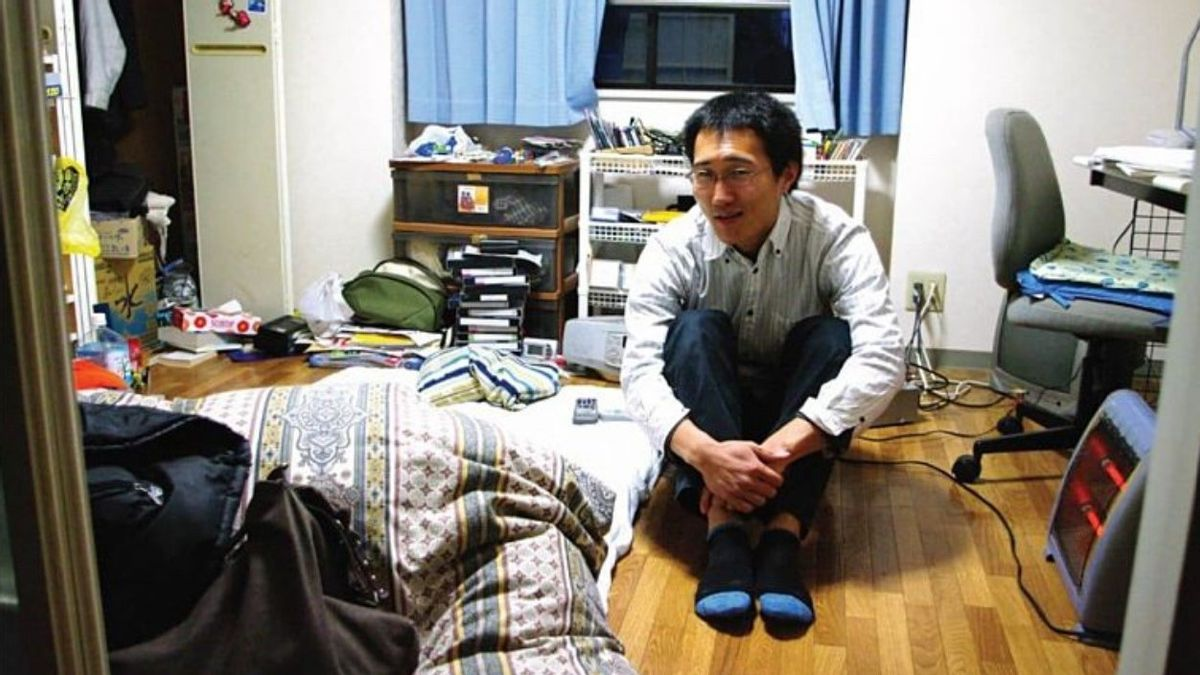37,227 people died home alone in Japan in the first half of 2024: This tragic statistic is a stark reminder of the deepening crisis facing the country. As the world’s oldest population continues to age, the phenomenon of “dying home alone” has become alarmingly common.
The number of people who died home alone in Japan reflects not only the challenges of an aging society but also the increasing isolation faced by many of its citizens. The National Police Agency of Japan released data showing that 37,227 people died home alone in Japan in the first six months of 2024.
Of these, over 28,000 were elderly individuals aged 65 and above. The fact that such a significant portion of these deaths occurred among the elderly highlights the vulnerability of this demographic, particularly those living alone.
The issue of dying home alone in Japan, often referred to as “kodokushi,” has been growing for years. The elderly population, especially those over 85, accounted for the largest group of these lonely deaths. This group saw a staggering 7,498 deaths, the highest among any age category.
Reasons:
- Aging Population: Increasing number of elderly living alone.
- Social Isolation: Weakening community and family ties.
- Economic Pressures: Financial strain on younger generations.
- Urbanization: Migration to cities, leaving elderly in rural areas.
The reasons behind this trend are multifaceted, including the rise in single-person households, changing social dynamics, and the economic and emotional challenges faced by older adults.
In major metropolitan areas such as Tokyo, Kanagawa, Chiba, and Osaka, the incidence of people who died home alone in Japan is particularly severe. Tokyo alone recorded 4,786 such deaths, making it the epicenter of this tragic trend. The bustling cities, despite their vibrancy, have become places where many elderly individuals live and die in solitude, often unnoticed for days, weeks, or even years.
The report by the National Police Agency also highlighted that nearly 4,000 of those who died home alone in Japan were discovered more than a month after their death, with 130 bodies remaining undiscovered for over a year. This grim detail underscores the extent of social isolation that many elderly citizens experience.
The fact that so many people could pass away without anyone noticing for such extended periods is a sobering reflection of the social fabric’s fraying edges. The Japanese government has been aware of the rising number of people who died home alone in Japan and has taken steps to address this issue.
In April 2024, Japan introduced the Act on Promotion of Policy for Loneliness and Isolation, aiming to tackle the root causes of this crisis.
The law seeks to improve social support networks, enhance community engagement, and provide better care for the elderly living alone. However, the sheer scale of the problem suggests that more comprehensive measures may be needed to reverse the trend.
The phenomenon of dying home alone in Japan is not just a problem of aging; it is also a reflection of changing societal values and the breakdown of traditional family structures. In the past, elderly parents often lived with their children, providing them with a built-in support system.
However, with the shift towards nuclear families and the increasing number of young people moving to urban centers for work, many elderly individuals are left to fend for themselves.
Furthermore, the economic pressures faced by younger generations have made it difficult for them to provide adequate support for their aging parents. The high cost of living in cities, coupled with stagnant wages and job insecurity, means that many young people are unable to care for their elderly relatives in the way that previous generations did.
This economic strain contributes to the rising number of people who died home alone in Japan. The situation is further exacerbated by Japan’s declining birth rate, which has resulted in fewer children to care for the aging population.
Prime Minister Fumio Kishida has expressed concern that Japan is on the brink of being unable to function as a society due to its declining birth rate and the associated challenges of an aging population. The number of people who died home alone in Japan is a direct consequence of these demographic shifts.
Looking ahead, the problem of dying home alone in Japan is expected to grow. The Japanese National Institute of Population and Social Security Research predicts that by 2050, the number of elderly citizens living alone will reach 10.8 million.
The overall number of single-person households is also expected to increase significantly, reaching 23.3 million. These projections suggest that the issue of lonely deaths will only become more pressing in the coming decades.
To combat this trend, Japan must focus on building stronger community networks and providing better social services for the elderly. Initiatives that encourage social interaction and community involvement could help reduce the number of people who die home alone in Japan. Additionally, improving access to healthcare and support services for the elderly living alone is crucial.
The tragic reality of 37,227 people who died home alone in Japan in the first half of 2024 serves as a wake-up call for the nation. It highlights the urgent need for comprehensive policies that address the root causes of loneliness and isolation among the elderly. As Japan continues to grapple with its aging population, it must find ways to ensure that its elderly citizens are not left to die in solitude.

